Stuffed animal toys: toys that stimulate children's imagination
Understanding the Importance of Imagination in Childhood
Imagination plays a pivotal role in cognitive development during childhood, as it allows children to engage with various imaginary scenarios. According to child development specialists, such as Dr. Keneisha Sinclair-McBride, a psychologist from Boston Children's Hospital, playing with imaginary companions or through scenarios fosters critical cognitive skills. This form of play demands that children understand different perspectives, thereby enhancing their ability to view situations from multiple angles—a foundational aspect of empathy and advanced thinking.
Moreover, imagination significantly contributes to emotional growth and the development of social skills in children. Research indicates a strong correlation between pretend play and children's capacity to empathize with others. This is because when children engage in role-playing or interact with stuffed animals, they practice and learn social cues, emotion expression, and conflict resolution. As observed in studies, such creative play is essential in helping children grasp the complexities of social dynamics, making them more adept in communication and less prone to social anxiety. These skills not only prepare them for real-life interactions but also nurture their emotional intelligence, providing a scaffold for lifelong emotional resilience and social competence.
The Role of Plush Toys in Sparking Children's Creativity
Plush toys play a crucial role in enhancing children's creativity by providing them with a tangible companion for pretend play. Stuffed animals are often central to storytelling and role-play activities, allowing children to invent characters and scenarios that stimulate their imagination. They serve as personal confidants or even as characters in elaborate storylines, helping kids develop narrative skills and creativity. According to educational experts, providing children with plush toys encourages exploration and wonder, fostering a rich imaginative environment.
Mini stuffed animals, in particular, have a unique appeal due to their portability. This makes them constant companions, enabling imaginative adventures anywhere. Parents and educators often highlight how these compact toys are easy to carry, allowing children to bring their imaginary worlds wherever they go – from car rides to playdates. Testimonials frequently note how mini plush toys enhance travel experiences by keeping children engaged in imaginative play, supporting their creative development. Such convenience ensures that a child's creativity is consistently stimulated, offering limitless possibilities for imaginative play.
The Connection Between Stuffed Animals and Emotional Safety
Stuffed animals serve as essential comfort objects for children, effectively alleviating anxiety and stress. Psychological research has shown that having a reliable companion, like a plush toy, can significantly reduce children's fears, particularly during stressful situations such as moving to a new house or starting school (Levin, A., Journal of Child Development). The tactile softness and familiarity of cuddly toys offer a sense of security that helps children develop coping mechanisms against emotional distress.
Creating safe spaces with plush toys offers children a critical platform for free emotional expression. By engaging in play with these toys, children can safely explore their feelings, often projecting their internal world onto their stuffed companions. This interaction not only promotes emotional awareness but also aids in the development of empathy. These environments, where children communicate through play, allow them to navigate their emotions without judgment, nurturing their emotional intelligence and resilience over time.
Exploring Different Types of Stuffed Animals for Imagination
Stuffed animals are more than just cuddly companions; they are gateways to imaginative worlds where children craft stories and embark on adventures. Popular plush toys such as the Jellycat Bashful Blush Bunny and Gund Flappy The Elephant have become staples in many households due to their endearing designs and engaging features. According to statistics, stuffed animals like these inspire storytelling and imagination, enthralling children worldwide. Their blending of tactile softness with playful functionality makes them effective tools for creativity enhancement.
When choosing the best stuffed animals for young adventurers, several criteria should be considered to ensure safety, durability, and creativity-stimulation. Parents are advised to look for stuffed animals made from hypoallergenic materials with safe embroidery or plush embellishments. Durability is crucial, as these toys often handle rough play and frequent washes. Furthermore, stuffed animals that offer interactive elements or come in bright colors can significantly enhance imaginative play. Choosing toys that not only entertain but also encourage creativity and exploration is key to fostering a child's imaginative capabilities.
The Therapeutic Benefits of Play with Plush Toys
The therapeutic benefits of role-playing with stuffed animals are significant, offering emotional relief through playful expression. Researchers have highlighted the advantages of therapeutic play practices, noting that these activities can serve as a safe space for children to explore their emotions and manage stress. For instance, stuffed animals can act as a catalyst for children to express feelings they may otherwise struggle to articulate. Engaging in role-play, kids often project their thoughts and experiences onto their plush companions, creating scenarios that help them process complex emotions. This process of externalization is especially valuable for children with anxiety or trauma-related issues, as it provides a comforting and familiar platform to navigate their inner world.
Imaginative play with plush toys also plays a crucial role in building confidence and enhancing communication skills. Early childhood education experts emphasize the importance of pretend play as a developmental tool. By interacting with their plush friends, children practice language and social skills, simulating conversations and problem-solving in a controlled environment. This kind of play fosters storytelling abilities and helps children articulate thoughts, ultimately boosting their self-esteem. According to recent studies, children who are regularly engaged in imaginative play tend to exhibit improved language proficiency and enhanced social interactions, preparing them for successful communication in real-world settings.
Integrating Plush Toys into Daily Play: Tips for Parents
Integrating plush toys into daily play can unleash your child's creativity and imagination. Encouraging creative scenarios with stuffed animals and plush pillows can provide a wealth of developmental benefits. Here are a few practical tips for parents:
1. Storytelling Sessions: Create storylines involving mini stuffed animals, using them as characters in imaginative tales. Encourage your child to script their own stories, which not only boosts creativity but also enhances their narrative skills.
2. Role-Based Games: Designate specific roles to each stuffed animal, transforming them into doctors, chefs, or teachers. This role-play fosters empathy and understanding of various professions and personalities.
3. Themed Playdates: Organize playdates centered around popular themes involving their favorite stuffed animals. This could be a jungle adventure or a day at the zoo, which helps broaden their social skills and cooperation in group settings.
To harness your child's creativity effectively, guidance from parents is crucial during playtime. Start by setting a positive example; for instance, you could join them in crafting a plush animal kingdom, demonstrating different voices and scenarios for each character. This engagement not only strengthens the bond between parent and child but also encourages the child to explore new realms of imagination.
Encourage open-ended play by asking questions about their stories—“What happens next?” or “How do the stuffed animals solve this problem?” These questions help children develop problem-solving skills while stimulating their creative processes. Additionally, allow them to lead some sessions to boost their confidence and decision-making abilities.
For more support, guide their imagination by introducing simple props or setting changes that align with their play narrative, such as switching a play area into a mini jungle, thereby making playtime more enriching and immersive.
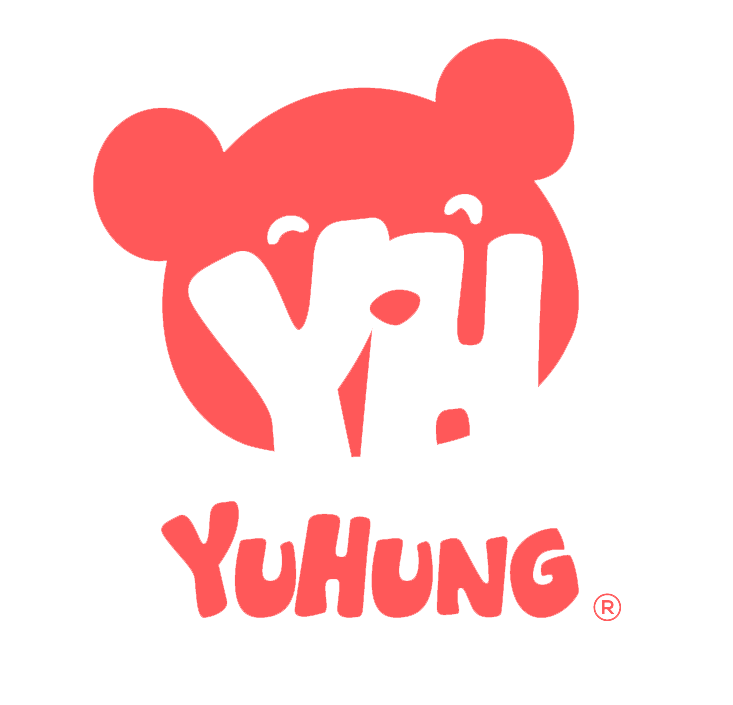
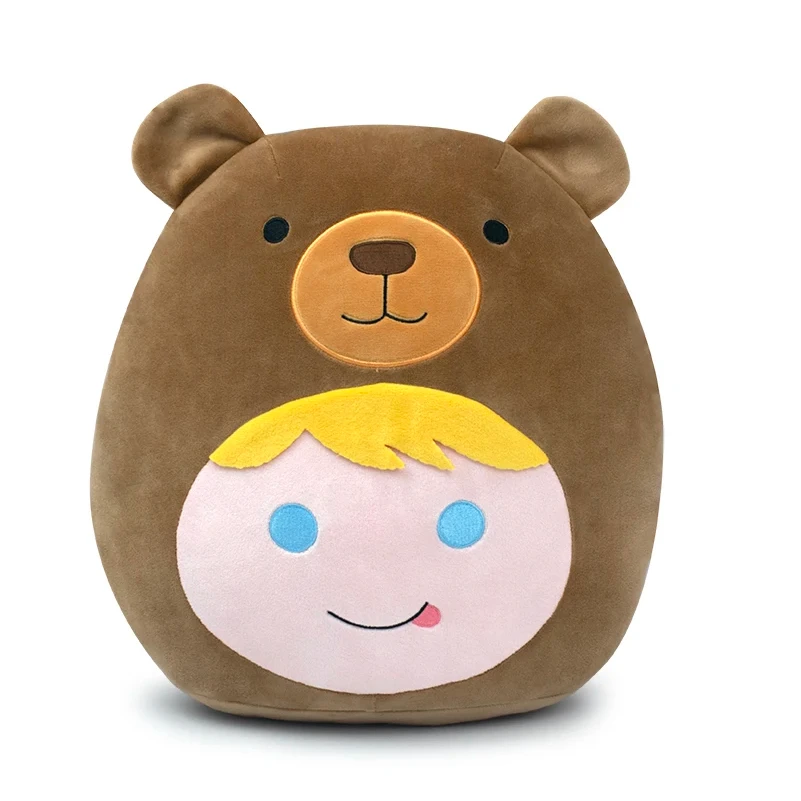
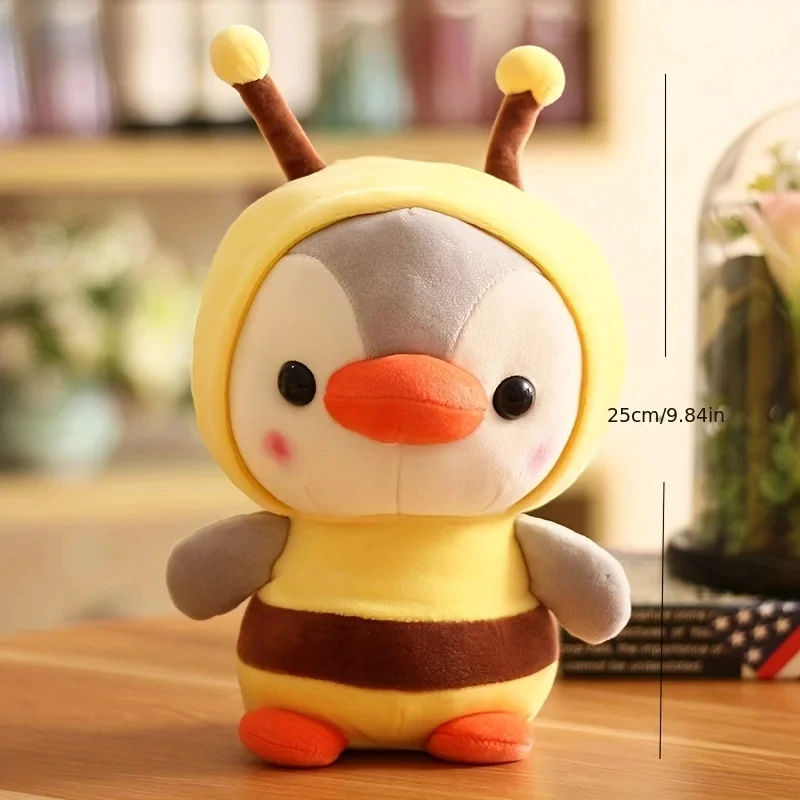
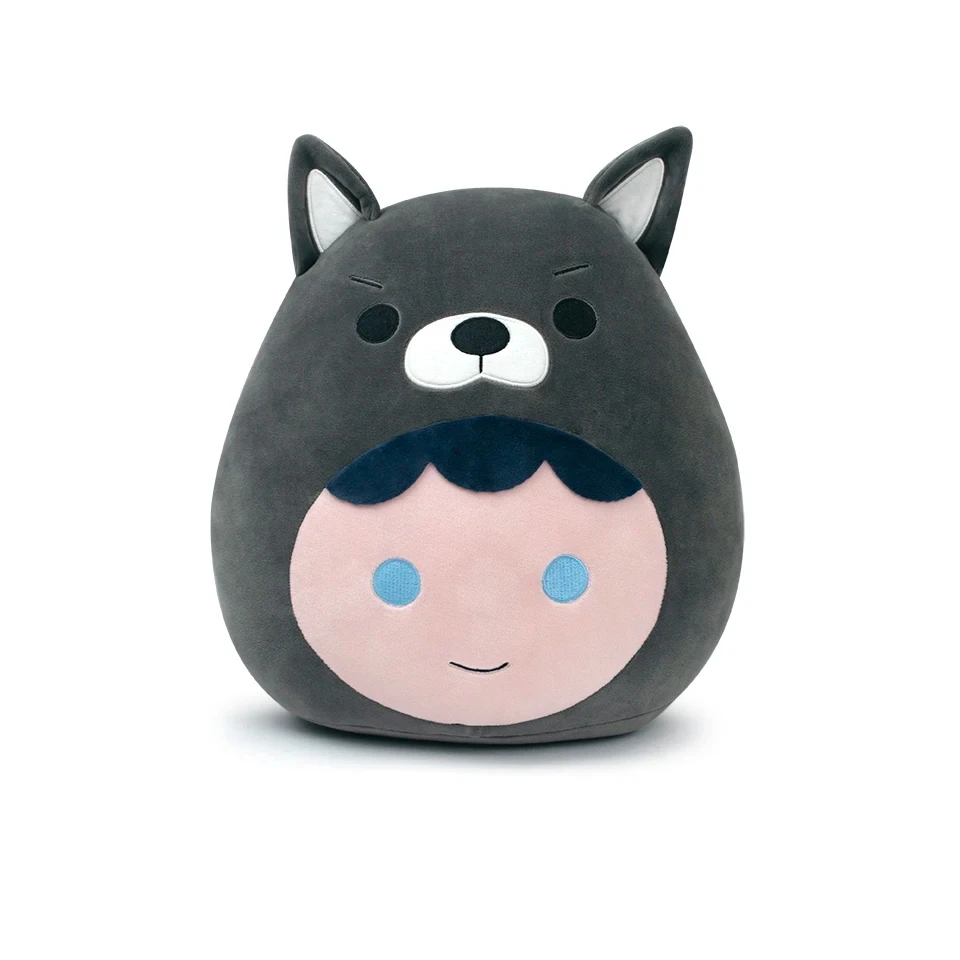
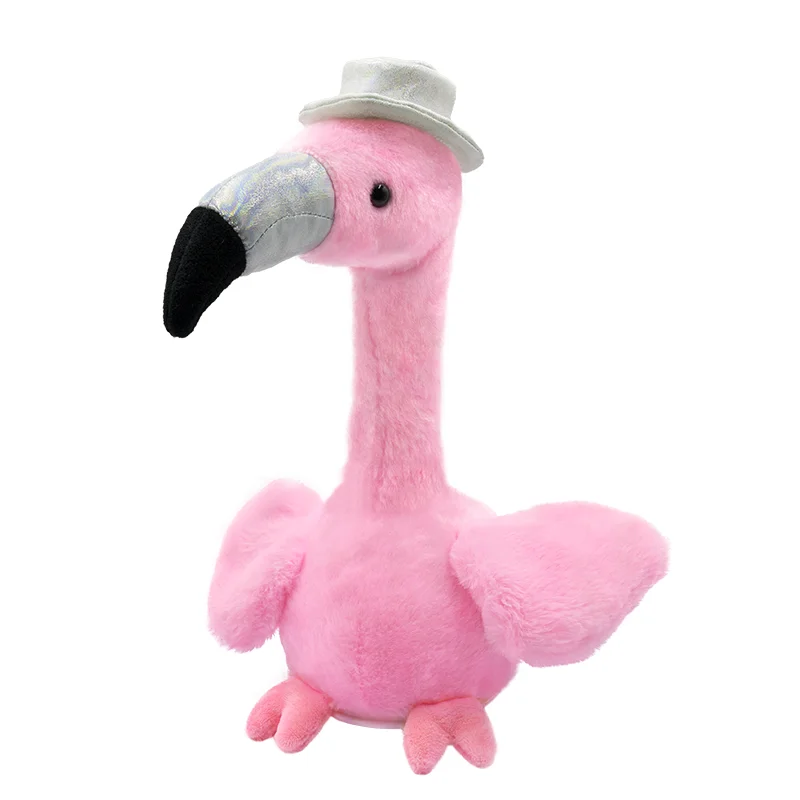

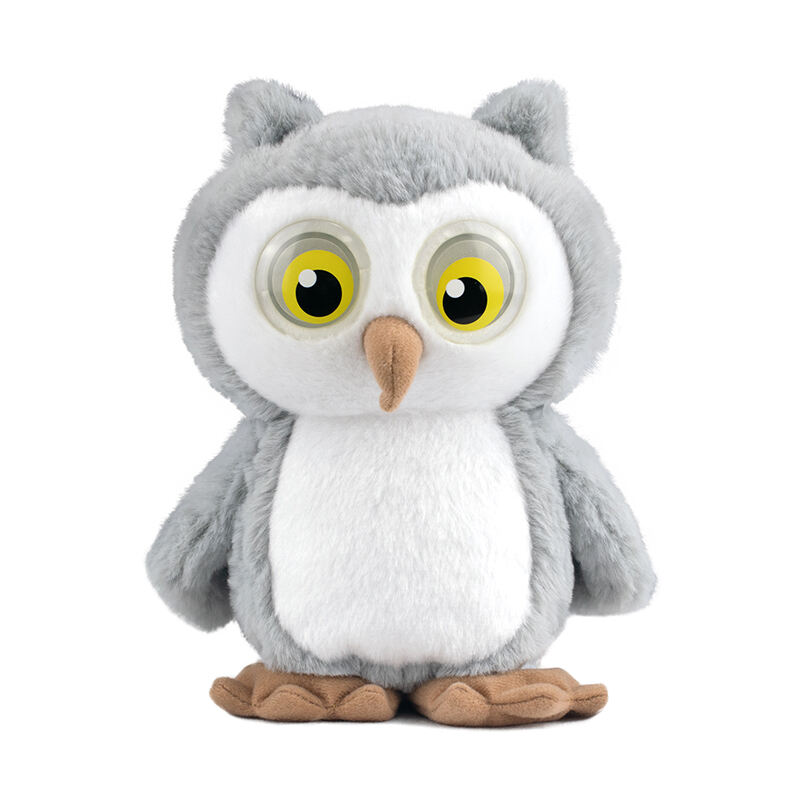
 Hot News
Hot News